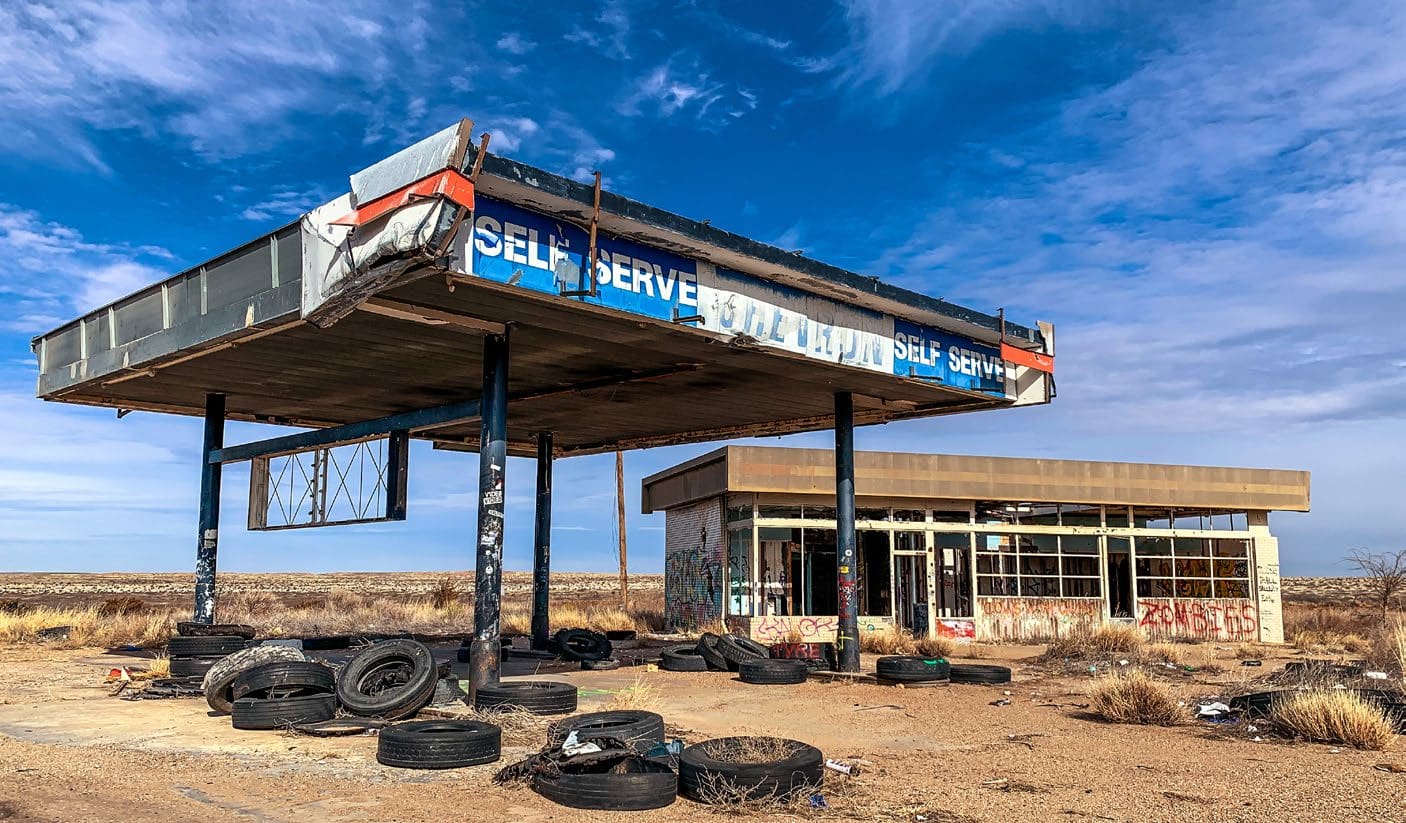
WGI Unleashed Episode 89: Lyndsey Duty, Environmental Scientist
On the latest episode of the WGI Unleashed podcast, we sit down with Lyndsey Duty, one of WGI’s Environmental Scientists based out of our Tampa, FL office!
Learn from award-winning professionals — explore our whitepapers, blogs, and the latest industry updates.
Join our dynamic organization of engineers, land surveyors, landscape architects, environmental scientists, and architects!
Talk to a market leader today! We’ll answer any questions you have about our professional services.

Download this publication as a PDF
Accurately identifying and managing the risk of developing an impacted site improves the likelihood of maximizing return on investment (ROI).
What do we mean when we use the term “due diligence”? In our industry, due diligence is the process by which a prospective buyer scrutinizes and evaluates a potential land acquisition. Investopedia refers to due diligence as “…the care a reasonable person should take before entering into an agreement or a financial transaction with another party.” Why is this reference important? Because due diligence takes many shapes and forms, depending on its purpose. Due diligence describes the investigation and appraisal activities conducted by multiple disciplines, including legal, accounting, environmental, engineering, human resources, and other necessary professions. The three disciplines most consistently involved are accounting/financing, legal, and environmental.
Fundamentally, due diligence conducted by these key practices are retrospective reviews. Their primary purpose is to evaluate historical activities or to expose past problems that could translate to liabilities the prospective buyer doesn’t want to assume. This may warrant abandonment of the target acquisition. Alternatively, the prospective purchaser might negotiate compensatory offsets for assuming those liabilities by closing the transaction.
The successful completion of acquisitions relies heavily on the collective due diligence performed by multiple deal team members — legal, financial, environmental, and other disciplines. Despite the importance and relevance of the information developed from these evaluations, it is essential to remember that it is just a hint of whether a target acquisition will be successful. How can a prospective purchaser identify and manage the possible risks and associated liabilities of a potentially lucrative transaction? What else can be done to qualify an investment and establish a strategy for maximizing its return? One answer is to develop and execute a Strategic Due Diligence Plan. Strategic Due Diligence is an intentional process that not only investigates and assesses the current and historical record; it considers and incorporates the acquired asset’s future plans and purposes.
This method is widely practiced by due-diligence professionals specializing in Mergers and Acquisitions. Can analogous efforts be applied to property development transactions? The answer relies on three key elements: awareness of what you are buying and the associated liabilities accompanying the acquisition, understanding how it fits into your overall strategy for acquisition and development, and carefully crafting and incorporating your post-acquisition development plans into the strategy.
Strategic Due Diligence applies to property acquisition for development as it would for any asset acquisition — assess the risks relative to planned development, calculate associated costs to address those risks and incorporate those costs into the assessed ROI. Within this level of due diligence for property acquisition is Strategic Environmental Due Diligence — a process demanding the integration of the following elements:
There is now a demonstrable record of applying Strategic Environmental Due Diligence for property transactions. How did this come about? Consider it a maturing of the due-diligence process — risk management over risk aversion. Not that risk aversion was entirely abandoned by some investors or developers; many got tired of bypassing opportunities due to the mere hint of risk associated with environmental issues. They began by asking, “How can I cost-effectively manage the risks and still realize a target return on investment?” With the assistance of informed legal counsel and environmental professionals, developers came to recognize the answer.
Regulatory-driven programs — like Brownfields — offer economic and risk-management incentives for the redevelopment of properties blighted by historical operations, leaving remnant impacts and associated risks for prospective purchasers. Another answer was the adoption of the RBCA regulatory paradigm, a restructuring of regulatory requirements for the cleanup of environmental impacts, and providing mechanisms to limit occupant exposure while ensuring public-health protections. They include engineering and institutional controls, regulatory and code-applied restrictions, as well as calculated site-specific background and cleanup levels for contaminants.
Consider that in urban, suburban, and even marginal rural communities, it has grown more difficult to find a well-positioned property that is void of historical use and activities equating to environmental impact. What remains is the need for prospective purchasers to consider a risk-management approach to property acquisition. That approach demands the development and execution of Strategic Environmental Due Diligence to achieve regulatory concurrence and target ROI.
A vital aspect, when pursuing Strategic Due Diligence for targeted development property acquisition, is understanding it requires an upfront investment for assessment — beyond the standard qualitative testing performed to merely identify risks. The typical Phase I Environmental Site Assessment (ESA) and follow-up Phase II Assessment will likely be insufficient.
Depending upon the prospective purchaser’s established due diligence period, a preliminary Conceptual Site Model (CSM) should be developed. Sampling and testing to evaluate and assess potential issues projected by the CSM are performed concurrently with the Phase I ESA. The Phase I ESA may further identify suspect areas for sampling and testing not previously branded by the CSM. Several sampling and testing events may be required to provide adequate data meeting regulatory requirements, evaluate the correct RBCA response, and determine the best plan for development to maximize ROI.
The process of Strategic Due Diligence during property acquisition can identify the risks posed by impacts, allowing the crafting of a plan and budget to manage them prior to or during the development phase, thereby improving the potential to maximize your return on investment.

WGI is a national design and professional services firm leading in technology-based solutions for the construction of public infrastructure and real estate development. At WGI, we’re providing Tomorrow’s Infrastructure Solutions Today.

On the latest episode of the WGI Unleashed podcast, we sit down with Lyndsey Duty, one of WGI’s Environmental Scientists based out of our Tampa, FL office!

WGI’s San Antonio team laced up their running shoes and braved the rain to take on the iconic Rock and Roll 5K – Discover how they turned challenges into triumphs in this memorable event recap!

With a legacy of supporting, empowering, & inspiring women in transportation, the WTS Central Florida’s Annual Awards & Scholarship Banquet was nothing short of a night to remember.

Discover how Austin is transforming urban development with proposed zoning changes, inclusive housing initiatives, and creative space preservation—all while embracing growth and sustainability.

Texas Medical Center made $78M from parking last year. Why haven’t its busiest garages been upgraded in years?

Discover how WGI helped bring Lively Lane to life—a vibrant community in San Marcos that blends sustainable design, live/work townhomes, and natural beauty to create the perfect balance of urban convenience and serenity.
You’ve been searching for a place like WGI. We look forward to meeting you soon.
Sign up to receive emails to hear our latest news and achievements in our monthly newsletter.
Enter your zip code, and we’ll personalize your experience with local projects, office locations, team members, and more.
WGI supports its associates with meaningful opportunities for growth, strong benefits and perks, while we work collaboratively with clients and co-consultants to shape and improve communities.






WGI is a dynamic organization with opportunities nationwide for engineers, land surveyors, landscape architects, environmental scientists, and architects.